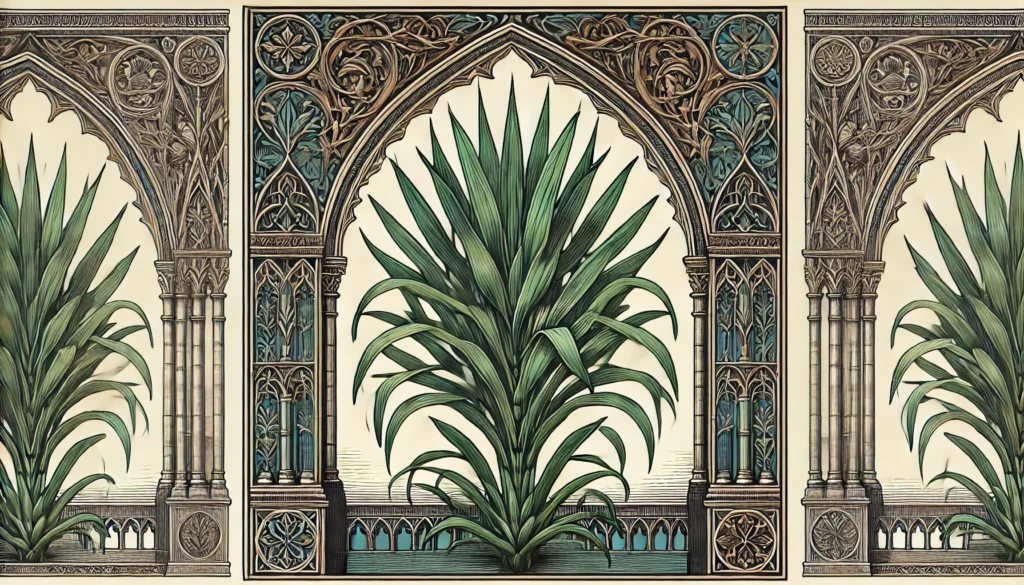

Home » Cat Plants » The Toxic Dangers of the Straight-Margined Dracaena Plant to Cats

The straight-margined dracaena (Dracaena marginata), also known as the Madagascar dragon tree or red edge dracaena, is a popular houseplant that can pose a toxic threat to cats if ingested. While the toxicity level is generally considered moderate, it’s important for cat owners to be aware of the potential dangers and symptoms associated with this plant.
Ingestion may cause mild gastrointestinal upset, but is generally not life-threatening.
Ingestion can result in mild symptoms like vomiting, diarrhea, or drooling. Rarely fatal but may require veterinary care.
Eating these plants can lead to more pronounced symptoms like abdominal pain, lethargy, or difficulty breathing. Veterinary intervention may be necessary.
Ingesting even small amounts can cause severe symptoms like organ damage, seizures, or cardiac failure without rapid treatment.
All parts of these plants are extremely poisonous to cats and can quickly lead to death, even with immediate veterinary care.
** Please note: Please note that toxicity level can vary based on the amount ingested and the specific cat. It's always best to keep these plants completely inaccessible to cats and seek immediate veterinary care or call the poison hotline if you suspect your cat has ingested any part of a toxic plant.
If a cat consumes any part of the straight-margined dracaena, it may experience various symptoms due to the presence of saponins or other potentially toxic compounds in the plant. Common signs of straight-margined dracaena poisoning in cats include:
If you suspect your cat has ingested a straight-margined dracaena, it’s crucial to seek professional help from a veterinarian. The vet will likely follow these steps to diagnose and treat your cat:

A: Yes, the Straight-Margined Dracaena plant is harmful to cats. It contains saponins, which can cause vomiting, drooling, and lack of appetite if ingested by your cat.
A: Symptoms of Straight-Margined Dracaena poisoning in cats include vomiting, diarrhea, and lethargy. If your cat shows these signs, seek veterinary care immediately.
A: The Straight-Margined Dracaena plant is moderately toxic to pets, especially cats and dogs. Ingestion can lead to significant discomfort and requires prompt medical attention.
A: Cats can recover from Straight-Margined Dracaena poisoning with timely veterinary intervention. Early treatment is essential to ensure a full recovery and prevent complications.
A: It is not safe to keep a Straight-Margined Dracaena plant in a home with cats due to its toxic properties. Consider non-toxic alternatives like bamboo or Boston ferns to keep your cat safe.
A: If your cat ingests the Straight-Margined Dracaena plant, contact your veterinarian immediately. Quick action is crucial to manage symptoms and prevent further health complications.
Native to eastern Africa, the straight-margined dracaena is a member of the Asparagaceae family. It has been widely cultivated as an ornamental plant, both indoors and outdoors, in favorable climates. The plant is known for its attractive appearance, with long, slender leaves growing from a woody stem. In its tree form, it can reach heights of up to 15 feet when planted outdoors.
Please note: The information shared in this post is for informational purposes only and should not be considered as veterinary medical advice.
🐾 A hilarious or heart-melting cat video
🐾 Our latest paws-on review of a cool cat toy